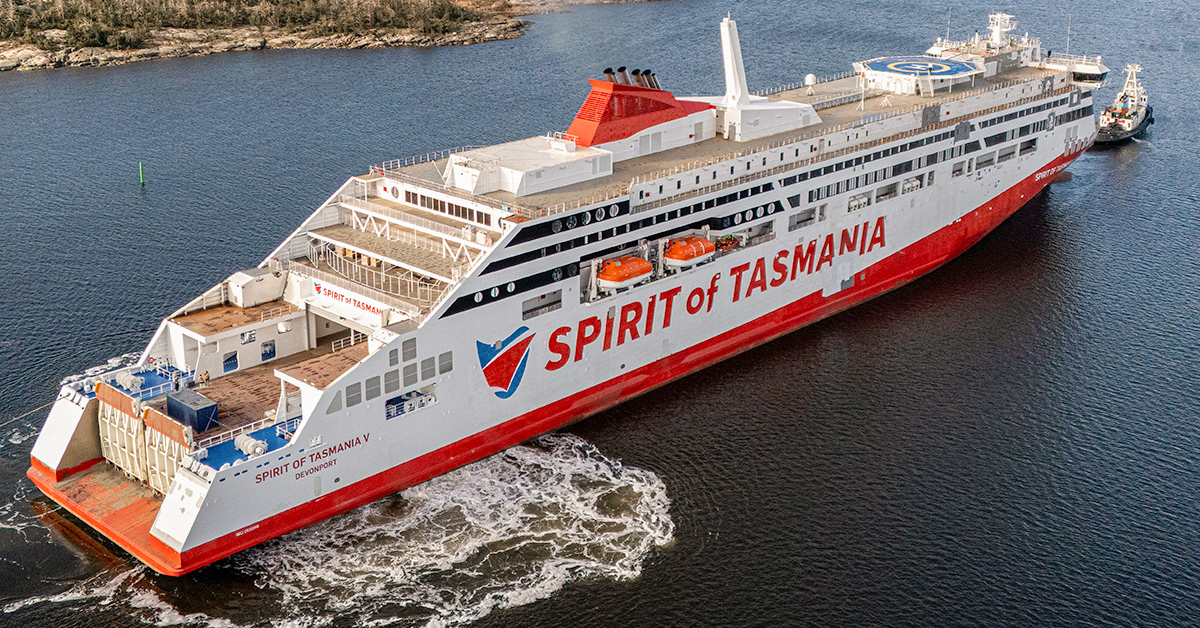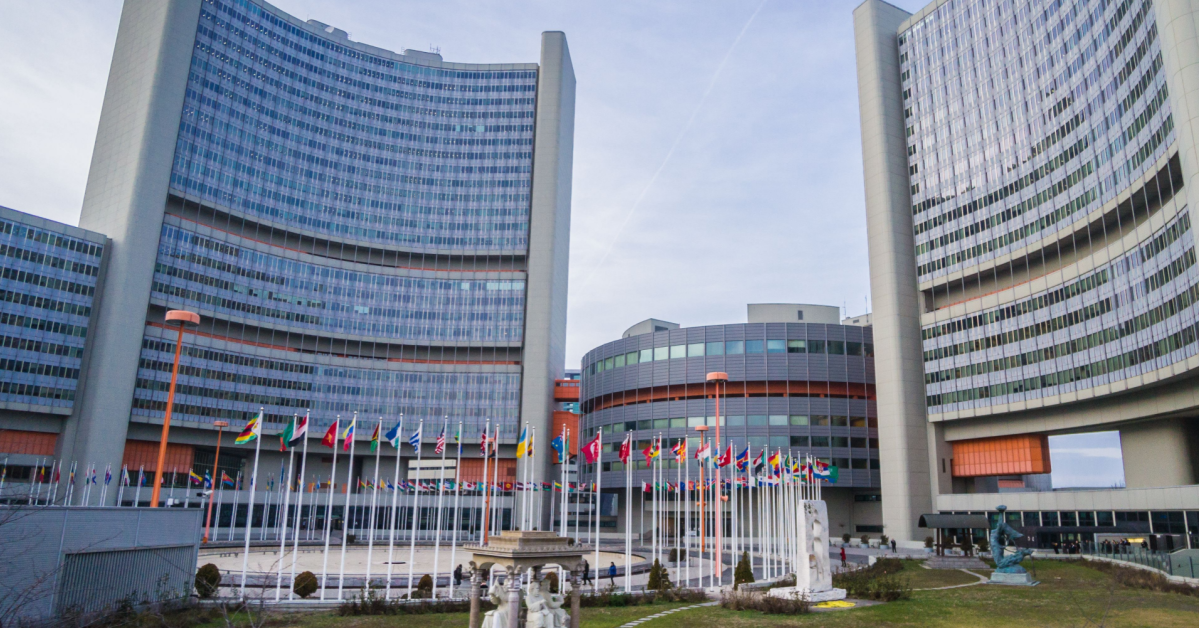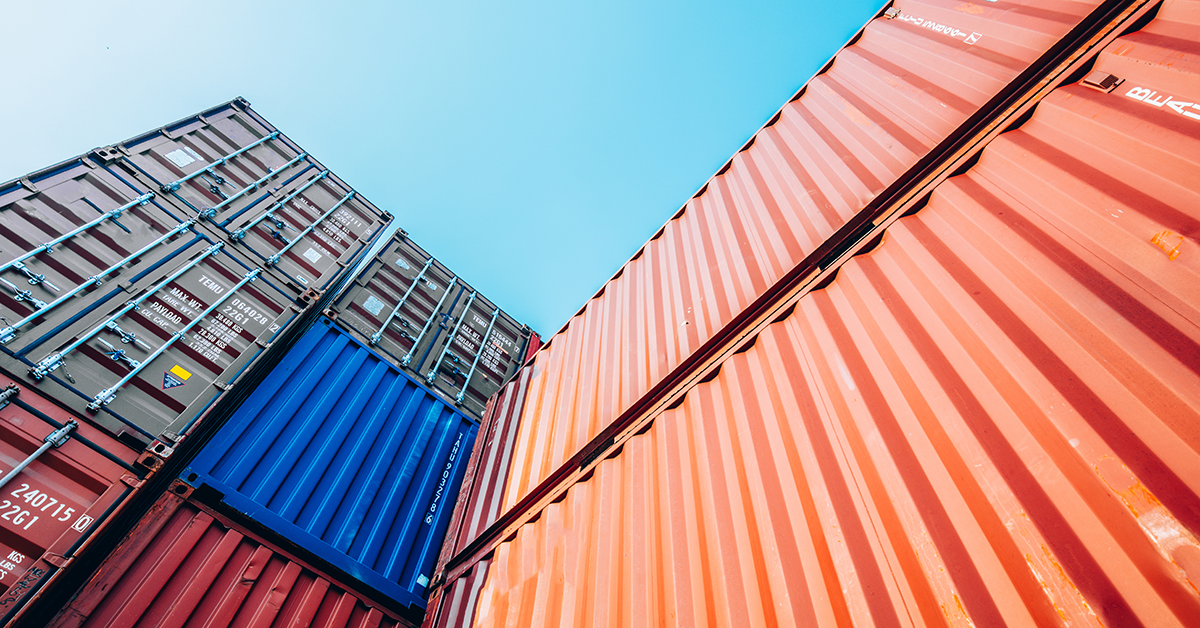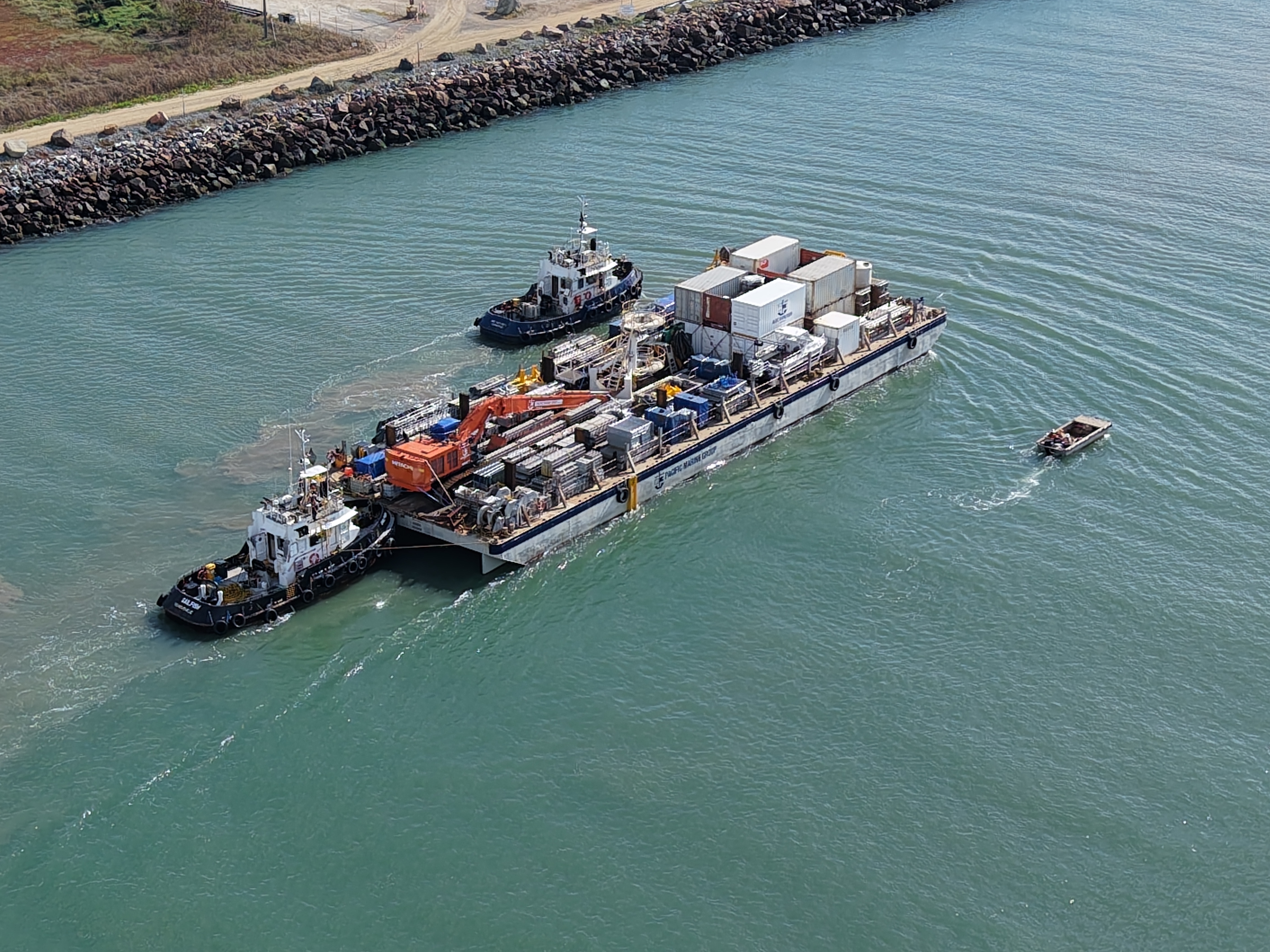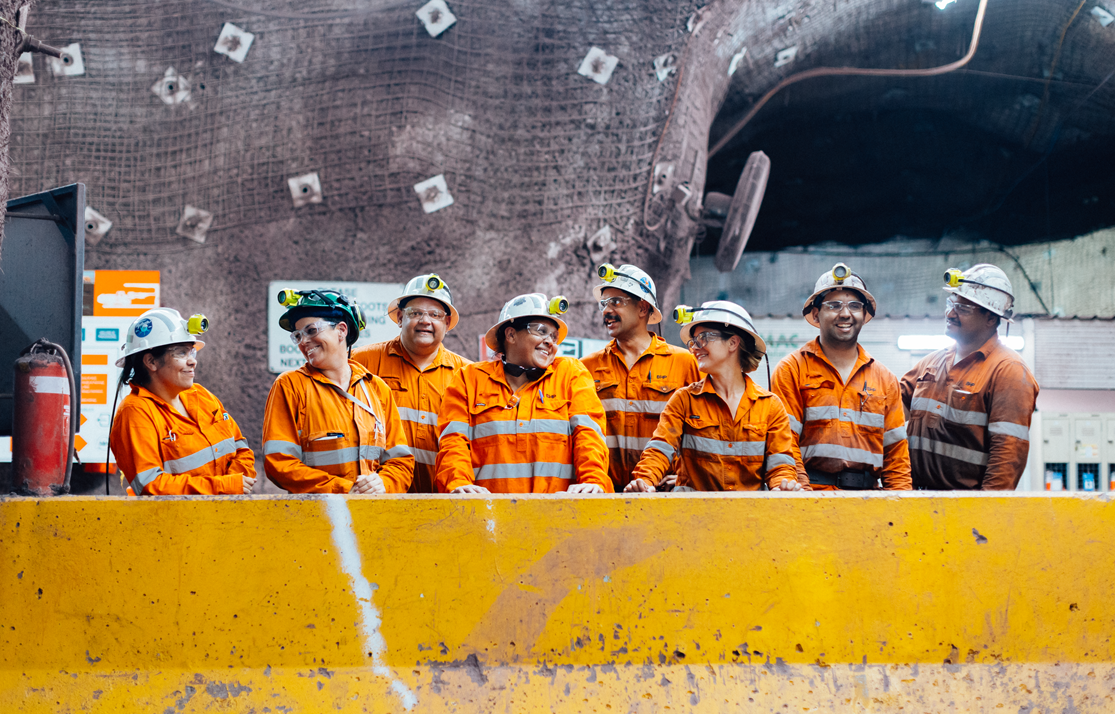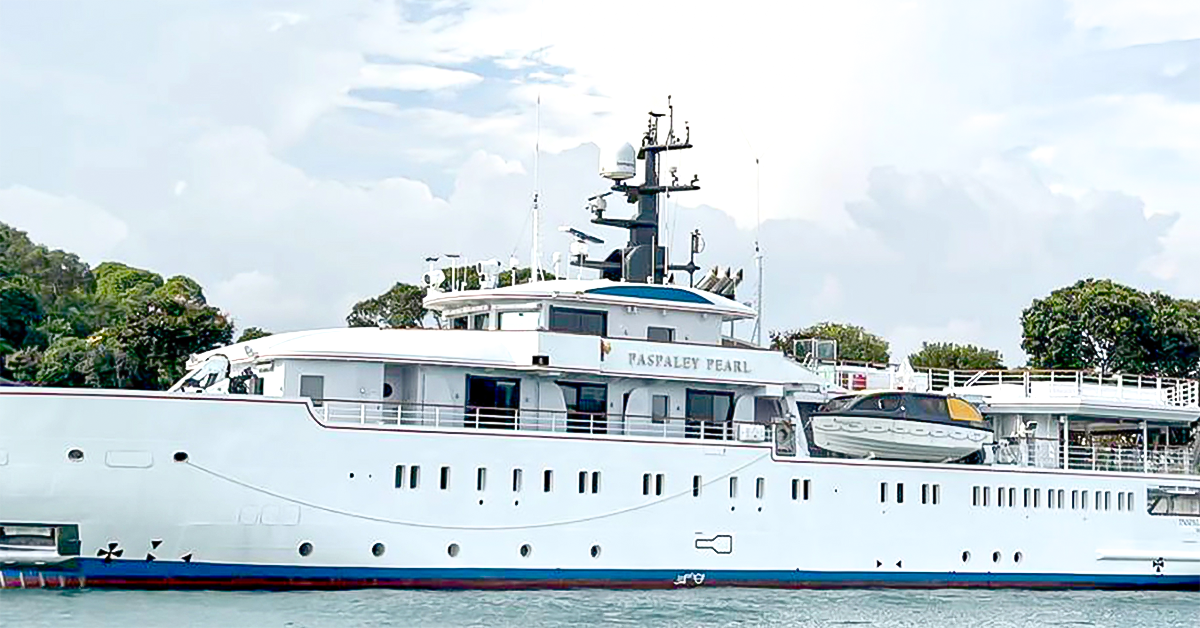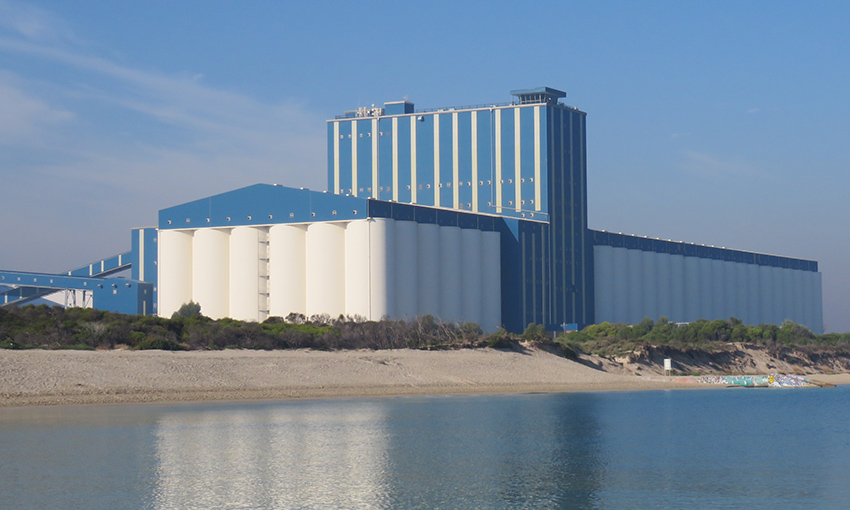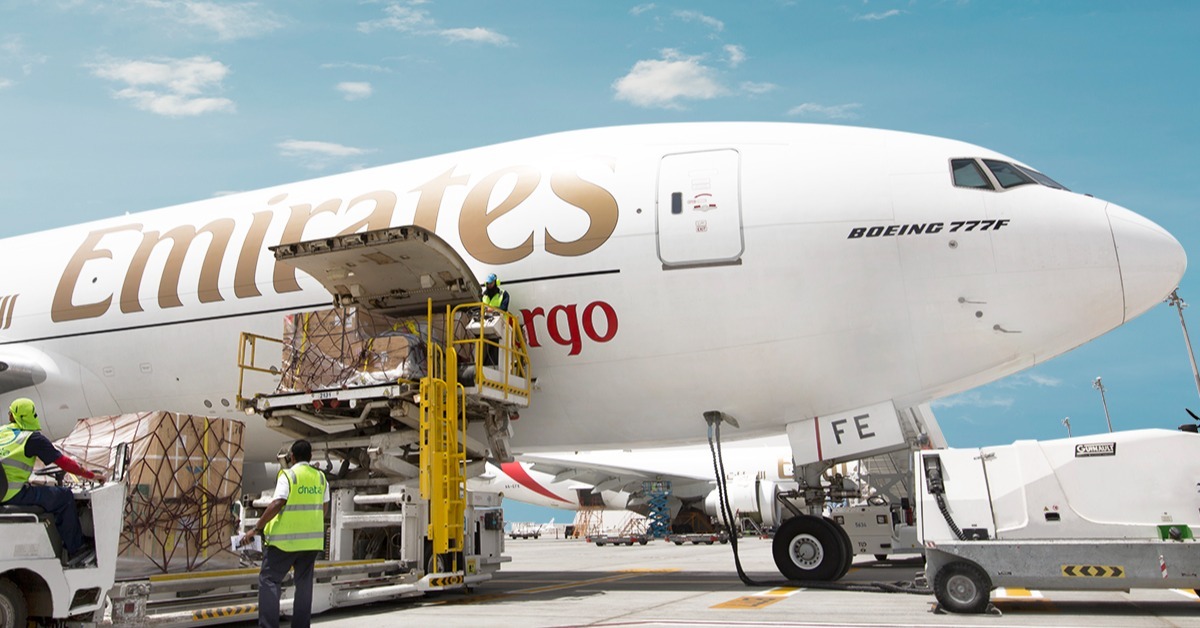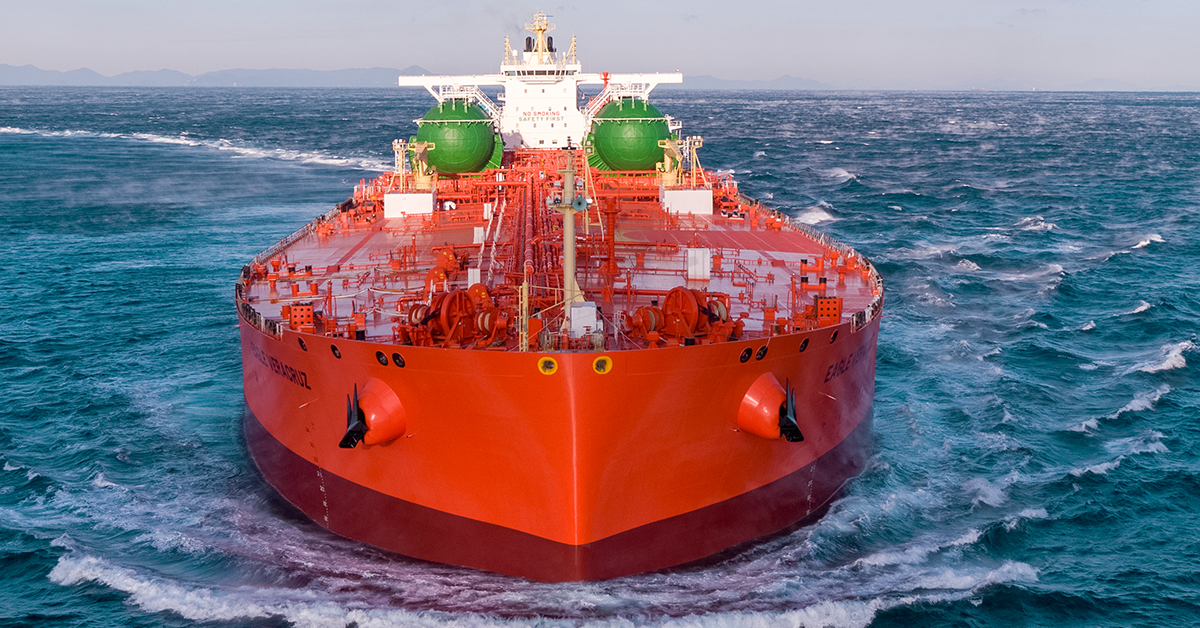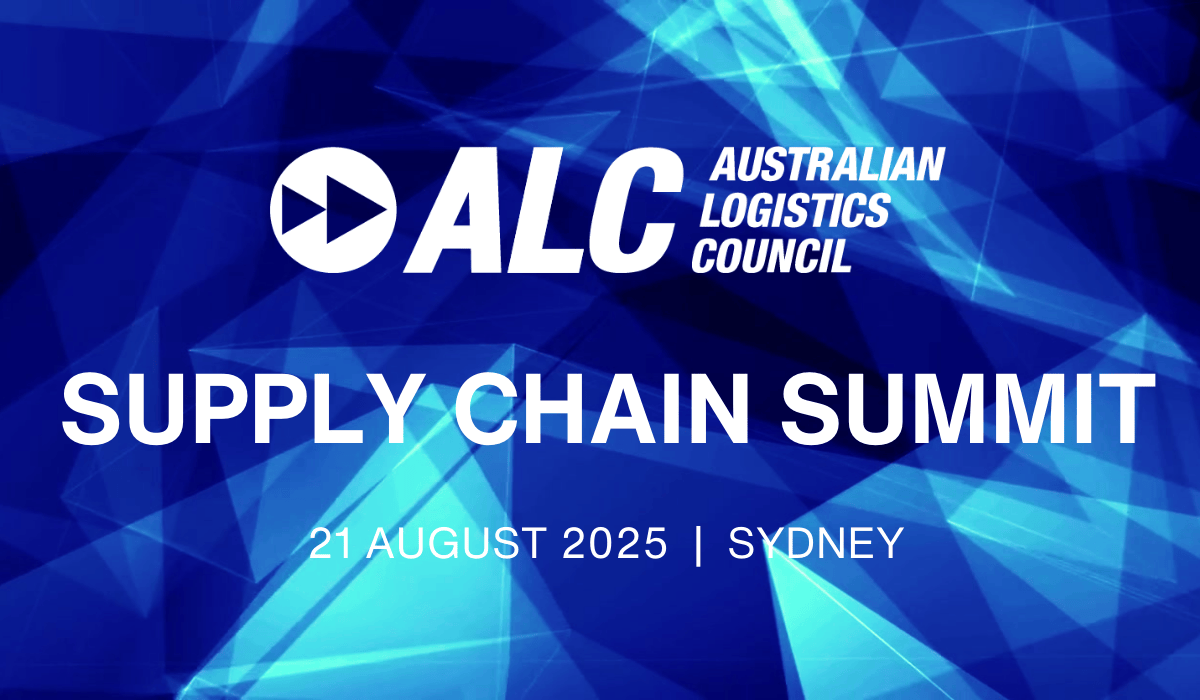News
18 Jul, 2025
TASMANIAN Labor leader Dean Winter has promised to reveal all financial details of the troubled...
18 Jul, 2025
The DCN Weekly Podcast is back! A regular round up of what's been making news this week, this...
18 Jul, 2025
THE DRAFT convention on negotiable cargo documents has been approved by the United Nations...
18 Jul, 2025
Drewry’s World Container Index decreased 2.6% to $2,602 per 40ft container this week. Source:...
18 Jul, 2025
A PAIR of barges is sailing from Townsville to Papua New Guinea, carrying vital equipment for the...
18 Jul, 2025
BHP HAS unveiled a string of records in its operational review for the year ended 30 June. BHP CEO,...
17 Jul, 2025
A RUN-DOWN, trouble-struck, New Zealand-built yacht has been given a spectacular new life as a...
17 Jul, 2025
DELAYS in EBA negotiations with the CBH Kwinana Grain Terminal have prompted the Maritime Union of...
17 Jul, 2025
EMIRATES SkyCargo has launched a new courier service, Emirates Courier Express, into Australia,...
Subscribe to our free daily newswire service.
Get all the latest maritime logistics news and information straight to your inbox.
Features
10 Jul, 2025
In spite of some backpedalling by US President Donald Trump, transport industries in Australia and...
1 Jul, 2025
Resource rich but also facing issues such as shortages of power and foreign currency, DCN examines...
1 Jul, 2025
Taking a look at the critical upgrades being made to PNG PortsA MAJOR upgrade program is underway...
7 May, 2025
NSW Ports provides an update on current trade flows and progress on its projects to improve...
1 May, 2025
Port of Newcastle is investing in the region with plans for greater container capacity and...
15 Apr, 2025
Australia’s ports, cities and communities are connected by a vast, complex rail network that is...
9 Mar, 2025
With the covid era now in the rear-view mirror, Queensland’s ports are pursuing expansion through...
Industry Opinions & Insights
17 Jul, 2025
THEY say dress for the job you want… but they never said anything about what’s under the blazer....
17 Jul, 2025
THE AUSTRALIAN Competition & Consumer Commission (ACCC) recently concluded that DP World...
15 Jul, 2025
Insync Recruitment Group business manager Leanne Lewis talks with DCN about recruitment solutions...
10 Jul, 2025
IT'S SCHOOL holidays here in Western Australia and it's right about now that I have realised my...
Sponsored Content
21 May, 2025
IN AN era of unprecedented global disruption, Australia's freight and logistics sector stands at a...
20 Mar, 2025
THE HIGHLY anticipated Care-Factor 2025, Christmas in July Industry Charity Ball will take place on...
7 Nov, 2024
By Nihir Bansal, Product Solutions Manager, BAI Communications PORTS all over the world are busier...
23 Sep, 2024
No excuse is ever good enough for those left behind Lifejackets save lives, it’s a simple message...
Harness the power of maritime logistics data to move your business forward.
Whether you're navigating global trade challenges or seeking opportunities in supply chain management, our maritime logistics data will empower you to move your business forward with confidence.
.jpg)


